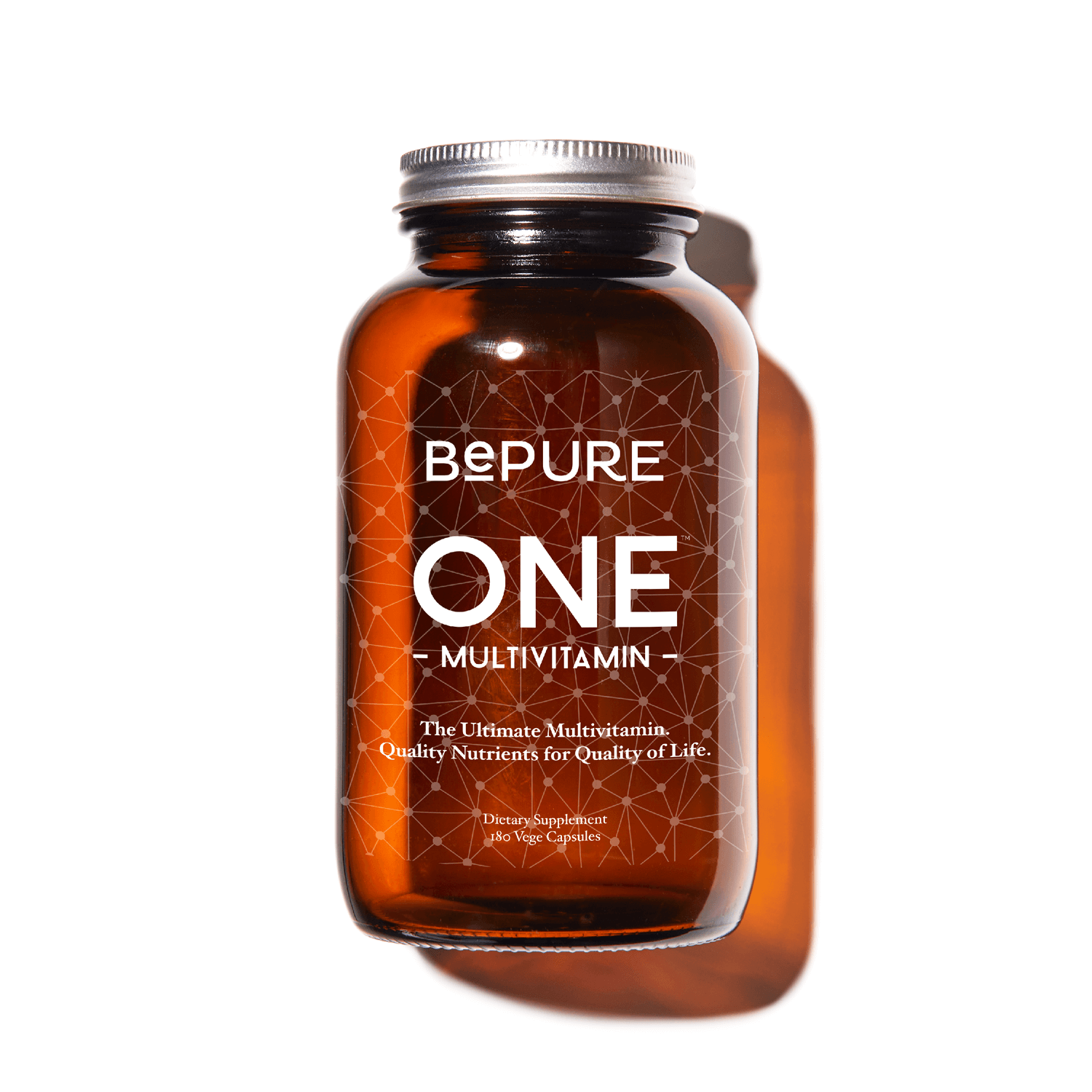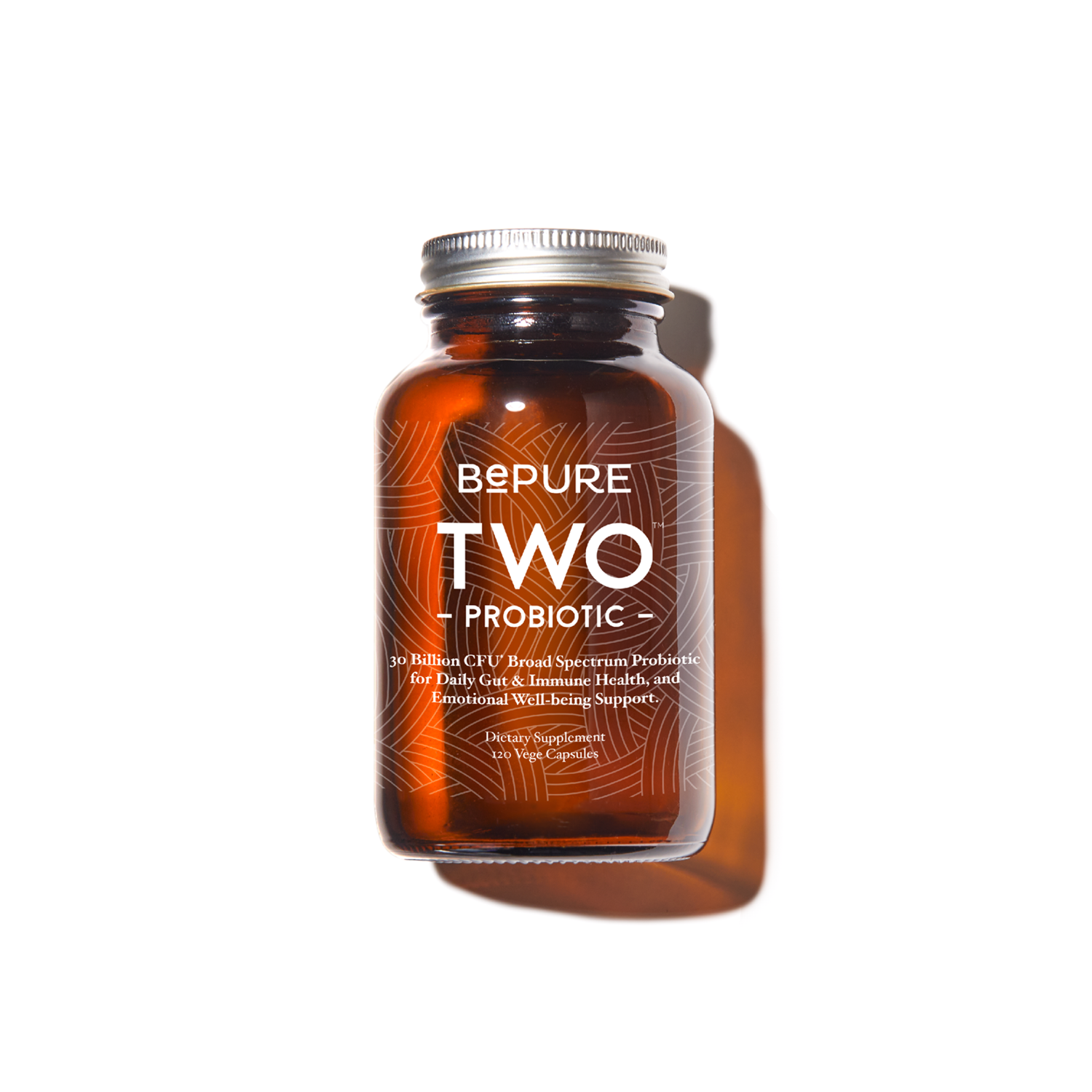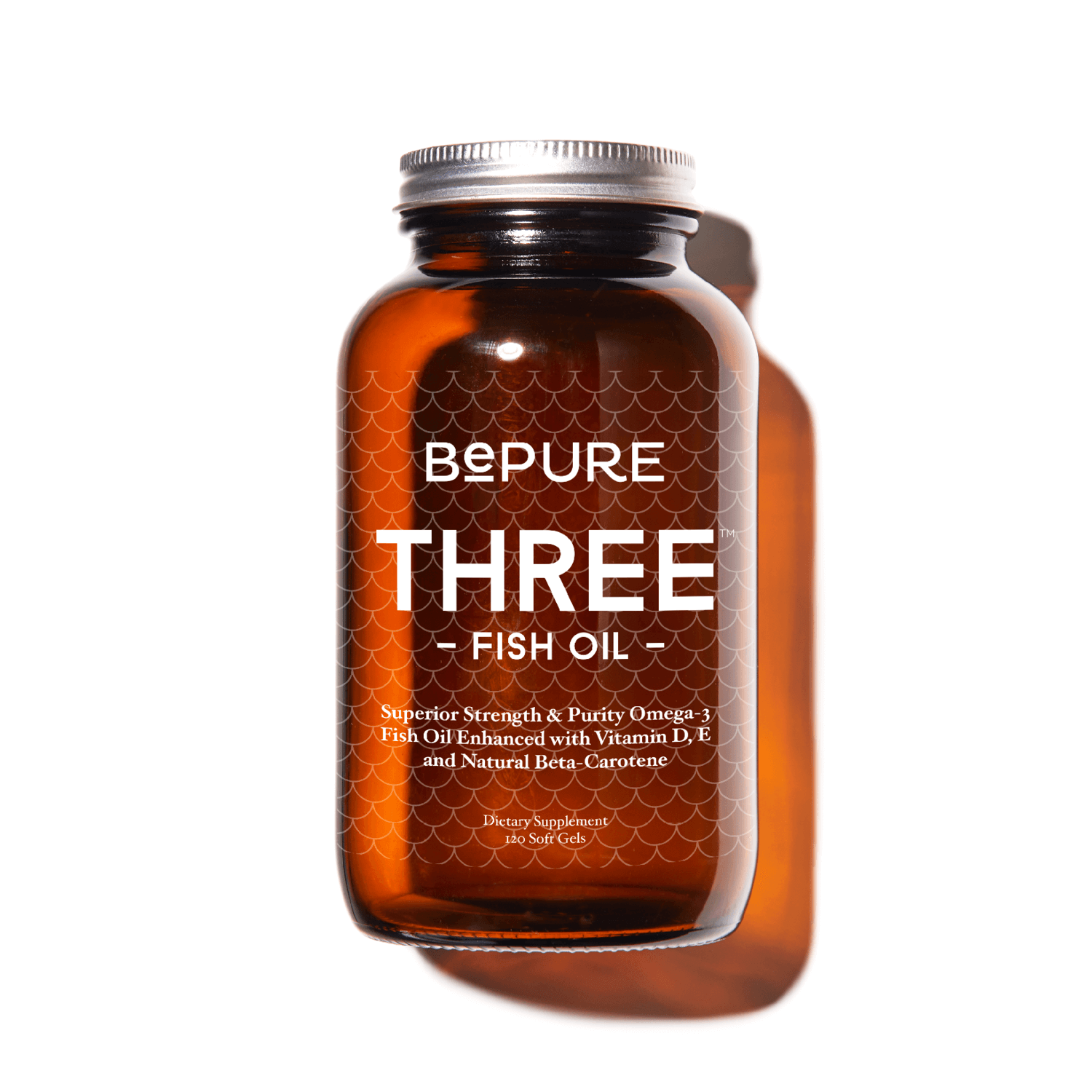The term collagen comes from the Greek word κολλα (kolla), meaning “glue”. In a broad sense, collagen is in fact the “glue” of our body. It’s a strong, springy, fibrous substance that is woven into our body’s tissue—especially where mechanical function is essential, such as skin, cartilage, tendons and bones.
When we look at collagen on a macro scale, it is the most abundant protein in the body, making up about a quarter of our total body mass. On a micro scale, when we consume collagen-rich food or supplements, the proteins break down into amino acids (glycine, proline, hydroxyproline, hydroxylysine, and arginine) and form the "glue", our body needs.
But not all sources of collagen are created equal... In this blog, we are going to look at everything you need to know about collagen so you can make an informed choice.
3 Things To Look For In A Collagen Supplement
1. The Type Of Collagen
At least 28 different types of collagen exist, but Type I, II and III all form the bulk of the collagen in our body. These different types of collagen have different benefits and support your body in different ways. Of course, with choices comes… well, making a choice! Let’s break these types down.
Type I Collagen
100% found in marine collagen, and in smaller amounts in bovine and egg collagen. Easily absorbed, Type I collagen is up to 1.5x more efficiently absorbed into the body than other forms of collagen. This means that marine collagen has superior bioavailability over bovine or porcine collagen, and is easily absorbed by the body, entering the bloodstream more rapidly and getting to work.
Type 1 collagen accounts for up to 90% of the collagen in our body. It has widespread benefits and can improve the structural integrity of everything from our joints, skin, vital organs, blood vessels, gastrointestinal tract and bones. This is why we chose a sustainably-sourced, premium-grade marine collagen in BePure Collagen & Ceramides.
Type II Collagen
Found in chicken and bovine collagen. This collagen makes up approximately 10% of the collagen in the body and is mainly located in our cartilage so it is great for joint support.
Type III Collagen
Small amounts found in porcine and bovine collagen. This collagen is most abundant in our body tissue—specifically those with elastic properties such as skin, lungs, intestinal walls and walls of blood vessels. It is valuable for building muscle and wound healing.
2. The Molecular Weight of the Collagen
The size of the collagen also matters, this is known as the molecular weight and is measured in daltons (Da) the smaller the collagen molecule, the easier it is for our body to digest it—it’s bioavailability. For example, if we wanted to get the benefits of marine collagen in our diet and decided to eat straight fish skin, the size of those collagen molecules there would be like 300,000 Da and would be very difficult to absorb. Simmering fish skin in hot water—just like you would for homemade fish or bone broth—would help to hydrolyse the collagen and break this down further (more on this below). When looking at a collagen supplement, less than 3,000 Da is optimal, BePure Collagen & Ceramides is 2,000Da.
3. The Dose of Collagen per Serve
We also want to check just how much collagen has been included in the supplement form. The research shows that if we want to get benefits for our hair, skin and nails we want to be taking 10 grams of bioavailable collagen a day.
Extra for Experts: Collagen vs. Peptides vs. Collagen
Hand up if you're confused when it comes to the different types, forms and intricacies of collagen! While these have fancy-sounding-names, they do have a simple explanation.
Collagen
We like to picture collagen as a rope form. Two of the strands are molecularly identical and the third one is a different makeup that binds the other two together to form an incredibly strong, structural component found throughout the human body. However, in this form it is a very big molecule—as big as 300,000 Da—so if you tried to consume that, it would be like eating a rope (or eating fish skin straight) and our body wouldn’t be able to break it down.
Hydrolysed Collagen
Hydrolysation is the process of breaking apart that long rope into pieces that our body can break down and digest. This can be done through a number of ways, but commonly involves using strong acids and heat. The marine collagen we use in BePure Collagen & Ceramides is from fish skin which has been hydrolysed with enzymes that break down the molecular bonds in the collagen ‘rope.’
Collagen Peptides
These are the short chain proteins that are ‘left over’ from the hydrolysis process. These carry unique information that can then stimulate the production of other peptides. So essentially, when we consume these little fragments of the rope, it helps tell our body to produce more rope in general, and we then produce more collagen in general. In BePure Collagen & Ceramides, we use the peptides from enzymatically hydrolysed collagen. This is how we got our collagen to be just 2,000 Da making it easily absorbed and digested by the gut.
Want To Take Action And Add BePure Collagen & Ceramides To Your Daily Diet?
You can view BePure Collagen & Ceramides here.



